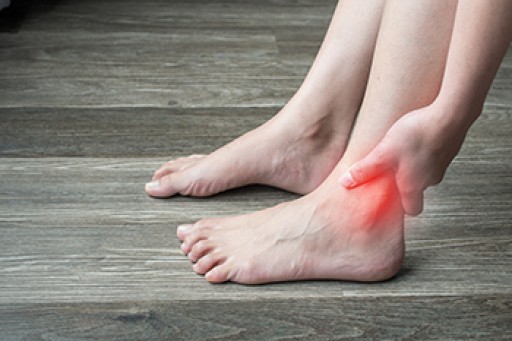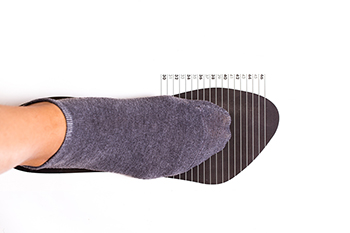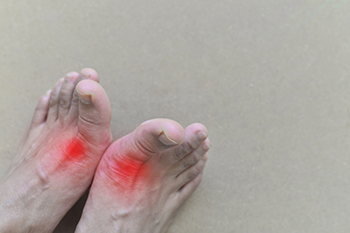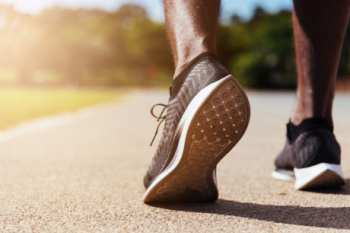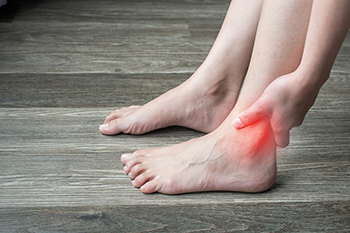
Lateral ankle injuries involve damage to the ligaments on the outer side of the ankle. They are often caused by rolling or twisting the foot during activities like running, jumping, or walking on uneven surfaces. Such ankle injuries are common in athletes but can happen to anyone, especially during sudden movements or improper foot placement. The most frequent type of lateral ankle injury is an ankle sprain, where the ligaments stretch or tear. Symptoms include pain, swelling, bruising, and difficulty bearing weight on the injured foot. Diagnosis typically involves a physical exam and imaging tests, such as X-rays or MRI scans to rule out fractures and assess ligament damage. Treatment depends on the severity of the injury. Severe sprains may require bracing or targeted exercises to restore strength and mobility. If you have pain on the outside of your ankle, it is suggested that you visit a podiatrist for a diagnosis and proper care so as to prevent long-term ankle instability.
Ankle pain can be caused by a number of problems and may be potentially serious. If you have ankle pain, consult with Dr. Castillo from Bronx Foot Care. Our doctor will assess your condition and provide you with quality foot and ankle treatment.
Ankle pain is any condition that causes pain in the ankle. Due to the fact that the ankle consists of tendons, muscles, bones, and ligaments, ankle pain can come from a number of different conditions.
Causes
The most common causes of ankle pain include:
- Types of arthritis (rheumatoid, osteoarthritis, and gout)
- Ankle sprains
- Broken ankles
- Achilles tendonitis
- Achilles tendon rupture
- Stress fractures
- Bursitis
- Tarsal tunnel syndrome
- Plantar fasciitis
Symptoms
Symptoms of ankle injury vary based upon the condition. Pain may include general pain and discomfort, swelling, aching, redness, bruising, burning or stabbing sensations, and/or loss of sensation.
Diagnosis
Due to the wide variety of potential causes of ankle pain, podiatrists will utilize a number of different methods to properly diagnose ankle pain. This can include asking for personal and family medical histories and of any recent injuries. Further diagnosis may include sensation tests, a physical examination, and potentially x-rays or other imaging tests.
Treatment
Just as the range of causes varies widely, so do treatments. Some more common treatments are rest, ice packs, keeping pressure off the foot, orthotics and braces, medication for inflammation and pain, and surgery.
If you have any questions, please feel free to contact our offices located in Bronx, NY Yonkers, NY . We offer the newest diagnostic and treatment technologies for all your foot care needs.
